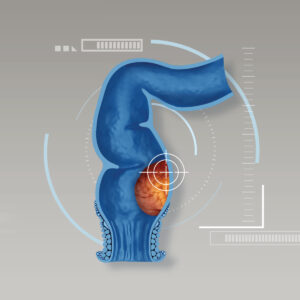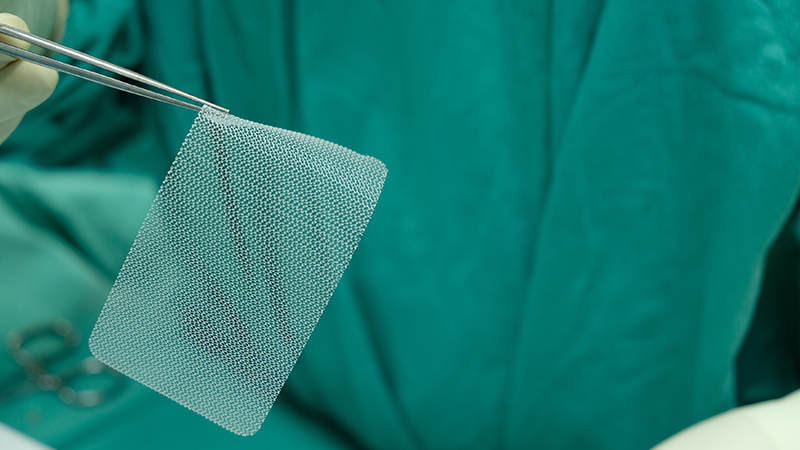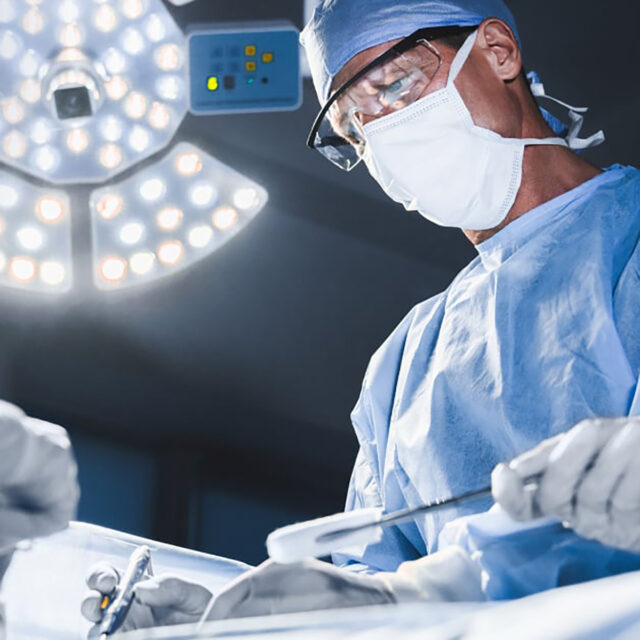Hernia recurrence is typically common if risk factors continue to persist. A recurrent hernia is recognized as a bulge, sometimes painful, that appears at or near the site of the original hernia. Contributing factors to recurrent hernias include increased abdominal pressure after surgery, strain during bowel movement, lifting heavy weight, cigarette smoking and advanced age with weaken abdominal wall as well as being obese or overweight. Obesity increases the risk for developing abdominal wall hernias. Being obese also increases the strain and pressure on the abdominal muscles and makes them weaker and more prone to developing hernias.
Get to know “recurrent hernias”
Hernia is generally perceived as a male disease. In fact, hernia can strike both men and women. Hernias occur when an organ especially small intestine protrudes through a weakened spot or tear in the abdominal wall. The most common sign is the presence of a bulge or lump in certain areas such as the groin (inguinal hernia), femoral hernia diaphramg (diaphragmatic hernia), umbilicus (umbilical hernia), pelvic floor area (obturator hernia) or surgical incision (incisional hernia) which is not properly closed. Risk factors might include advanced age, birth defects, lifting heavy weight, chronic cough, benign prostatic hyperplasia (BPH), constipation or strain during bowel movement or urination, smoking and other conditions that increases abdominal pressure such as overweight, obesity and pregnancy. If the protruding intestine is not pushed back in place, the contents of hernia might be trapped in the abdominal wall, then becoming strangulated which cuts off blood supply to surrounding tissue that is trapped. If it is left untreated, a incarcerated hernia can lead to life-threatening conditions such as necrotizing enterocolitis (severe inflammation of intestine) and sepsis.
Painful or enlarging hernias usually require surgical treatment to relieve discomfort and prevent other serious complications. There are two general types of hernia surgery; open hernia repair and minimally invasive surgery (or laparoscopic hernia repair). Although hernias can be successfully treated by surgery, hernia recurrences might potentially develop if risk factors those increase abdominal pressure, particularly being obese, continue to persist.
Obesity strongly linked with increased risks of recurrent hernias
Obesity increases the risk for developing recurrent hernias, either at the site of the original hernia or other weakened areas. Being obese or overweight increases the strain and pressure on the abdominal muscles and makes them weaker and more prone to developing hernias. If patients have poor adherence to recommended lifestyle modifications and factors e.g. being obese and continuing lifting heavy objects after surgical treatment to repair hernias, hernia recurrence is more likely to occur especially umbilical hernias in obese patients, both in male and female.
Treatment of recurrent hernias
To treat recurrent hernias, there are 2 surgical techniques:
1. Open hernia repair
In this procedure, an open cut in the abdomen is made and the protruding tissue is pushed back into the abdomen. The surgeon then sews the weakened area that often reinforcing it with a synthetic mesh (hernioplasty). Since it is typically done with local anesthesia, thus this surgical technique is suitable for patients with underlying diseases which are contraindicated to the use of general or spinal anesthesia.
2. Minimally Invasive Surgery (laparoscopic repair)
In this minimally invasive procedure, instead of making an open cut, the surgeon operates through 3 small incisions in the abdomen. A small tube attached with a tiny camera (laparoscope) is inserted into one incision. Guided by this camera, the surgeon then inserts tiny surgical instruments through other incisions to repair the hernia by pushing protruding tissue back in place. To enhance the strength of muscles in the abdominal wall, during this surgery, “synthetic mesh” will be implanted to provide additional support to weakened areas. The majority of surgical mesh devices currently available for use are constructed from safe synthetic materials, sized 10 x 15 cm. Not only reducing the tenderness and pain after surgery, but mesh repair done by highly experienced surgeons also significantly helps minimizing the chance of hernia recurrence. This procedure requires general anesthesia and it takes approximately 45-60 minutes. Since the surgical incisions are only 5-10 mm. long, it subsequently results in minimized pain and shorter hospital stay with faster recovery time and a quick return to daily activities.
To effectively prevent recurrences, risk factors that aggravate hernias must be strictly avoided. Recommendations include:
- Annual health check-ups
- Regular exercise
- Weight control, if obese
- Consuming high-fiber diets
- Avoiding lifting heavy weight
- Smoke cessation, if smoke
- Chronic cough must be treated.
If warning signs and symptoms such as a bulge or lump with discomfort are presented, medical attention must be sought immediately. Timely and effective treatments help to prevent serious complications and minimize risks of recurrent hernias.

.jpeg)










